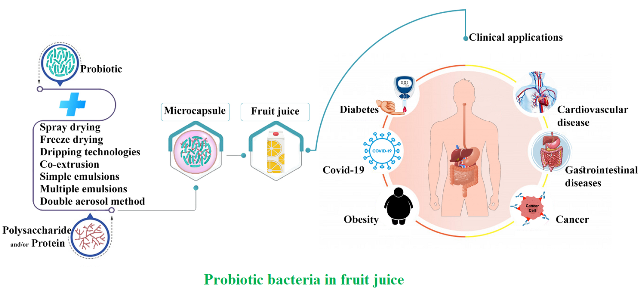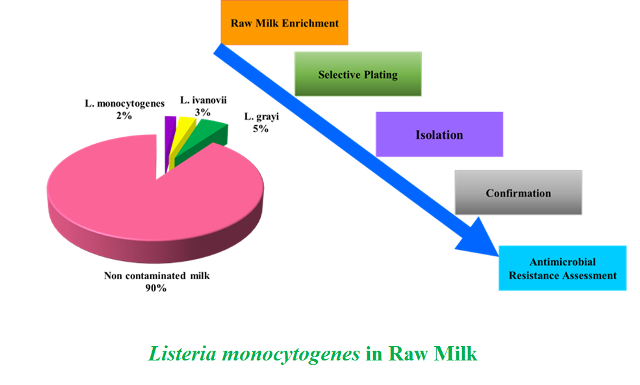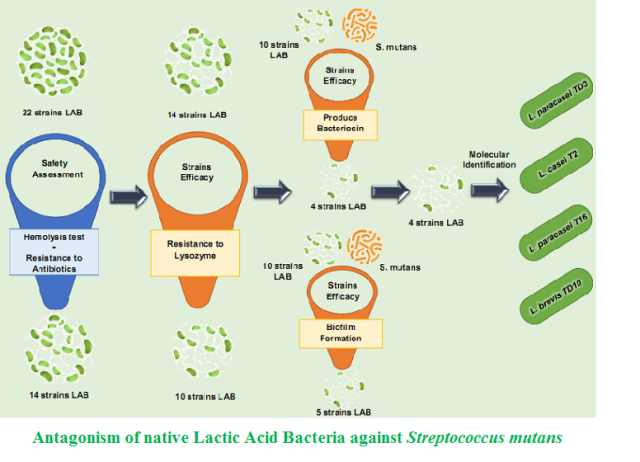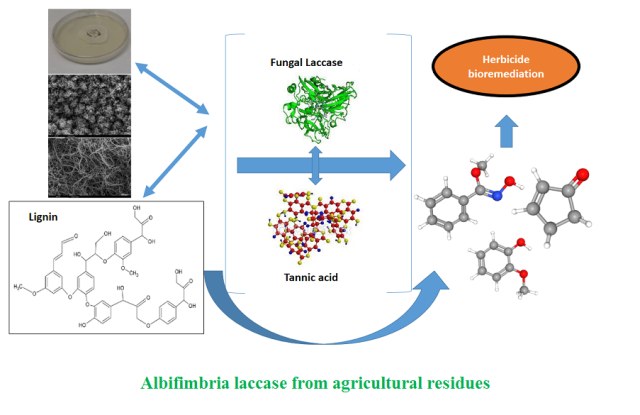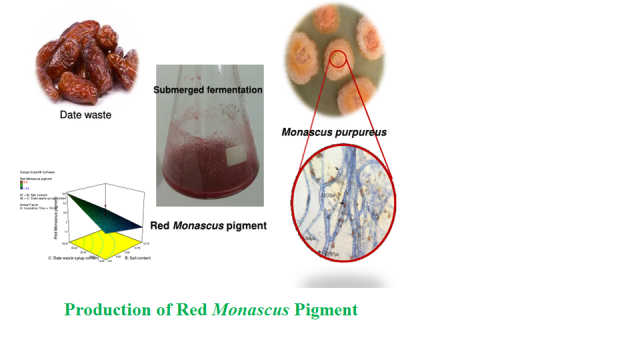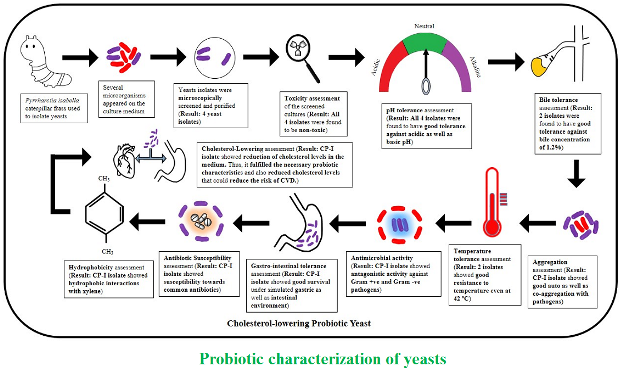
Background and Objectives: Cholesterol hyper-accumulation is a growing factor causing cardiovascular diseases (CVD), a leading cause of global mortality and accounts for 16.7 million deaths worldwide. As far as India is concerned, there is an increase from 25.7 to 54.7 million cases of CVD per year since the year 1990, and change in the dietary pattern being the major cause of this condition. Amongst, coronary heart disease and atherosclerosis remain prominent with its major causative agent as high cholesterol levels. However, the current treatment of these diseases is inadequate, and impose systemic toxicity such as stent thrombosis, chronic inflammation, etc., probiotics with cholesterol-lowering ability is an ideal and safe choice for the prevention of the condition.
Materials and Methods: The present study involved the culture-dependent method for the enumeration of microorganisms from caterpillar frass. Upon microscopic screening, yeast isolates were further characterized for their in-vitro probiotic potential such as toxicity assessment, tolerance to pH, bile, temperature, and salt conditions, safety assessment by measuring antibiotics susceptibility, evaluating antagonistic activity, assessing survival in simulated gastrointestinal environment, measuring aggregation capability, evaluating cholesterol-lowering activity and identifying microorganisms using molecular identification tools.
Results and Conclusion: The culture-dependent approach resulted in the isolation of four yeast cultures from the frass of Pyrrharctia isabella caterpillar. Yeast cultures designated as CP-I, CP-II, CP-III, and CP-IV were resistant for bile (1.2%), wide range of pH (1.5–10), and up to 42ºC temperature along with antimicrobial activity. CP-I culture also possessed bile salt hydrolase while tolerated stressful salt conditions, gastrointestinal environment, and exhibited good aggregation properties and hydrophobicity. Interestingly, CP-I could reduce cholesterol levels by 9.16% under in-vitro conditions. Molecular identification of CP-I showed its genetic similarity 97% with Saccharomyces cerevisiae. This study demonstrated for the first-time isolation of cholesterol-lowering probiotic yeast Saccharomyces cerevisiae from caterpillar frass in in-vitro conditions.

